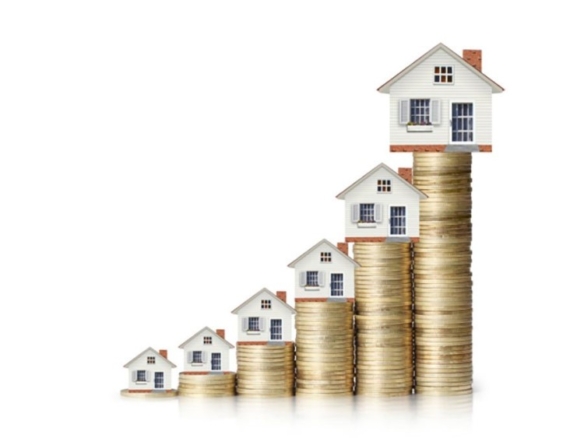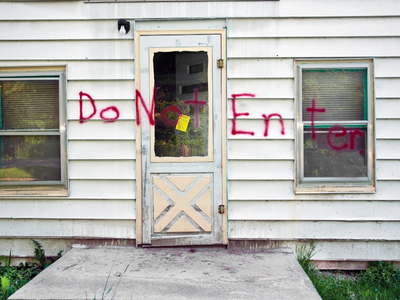The average property prices close to new Crossrail stations in and around London are already exceeding those in other areas by around 5%. According to reports from exclusive real estate agent Knight Frank, the highest prices are in Central London, but outlying areas are expected to bring opportunities for further rises, especially those undergoing regeneration. The main points from the report are:
1. When Crossrail’s completed in 2019, there’ll be another 1.5 million people living within a short commute of Central London. Homes in areas around Crossrail stations have already outranked the wider London property market by 8%, between 2008-2012.
2. There’s a total of 2,976 residential homes planned for construction within 10 minutes from Central London Crossrail stations and a further 10,096 with planning approval. Even areas that have been slow to show growth on the Crossrail line, such as up-and-coming Canary Wharf, have large scale development plans, making them areas to watch for would-be property investors.
3. Property prices are really thriving within 10 minutes of Bond Street, including Mayfair, with an 82% rise immediately around the new station. Within 10 minutes of Tottenham Court Road station, (i.e. from Oxford Street and Fitzrovia to Holborn and Bloomsbury) prices have grown by 61% since mid 2008. Over the same timeframe, the largest price increases are in the trendy areas of Maryland (with a 37% rise) and Forest Gate (with a 35% rise). Crossrail’s likely to continue driving this growth up to 2019, by which time the service should be in full operation.
4. Not all areas around Crossrail stations have boomed, with Goodmayes, Chadwell Heath and Abbey Wood falling behind the wider market. Prices around Acton station rose by 77% over 6 years, but nearby Ealing only enjoyed 44% over the same time period. Residential prices around Woolwich (a major Crossrail hub and regeneration area) have risen by 25% and Greenwich by 32%. The balance is likely to tip in favour of Woolwich as the extensive development project around the station continues.
5. House prices immediately around Southall Station lagged behind the average by approximately 30% from 2008 – 2014, although prices within 15 minutes of the station grew 12% during this period. This was way below the 44% for the popular Ealing area between 2013-2014. The area around Southall Station could be a good investment opportunity and there’s much excitement amongst building construction companies over the opportunities this will present.
Frank Knight’s report finishes by saying that prices around many Crossrail stations have already grown exponentially and this expected to continue. Forecasts show as much as a 15.2% rise in prime areas of central London from now to 2018 with 18% across Greater London. Would-be investors and people seeking to move to London should jump on the bandwagon as soon as possible.



